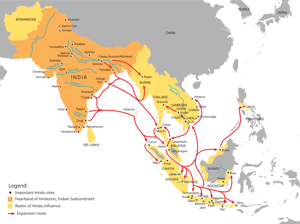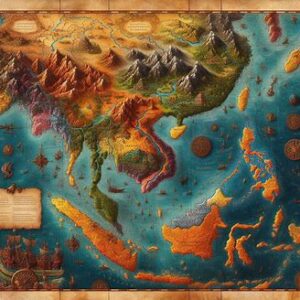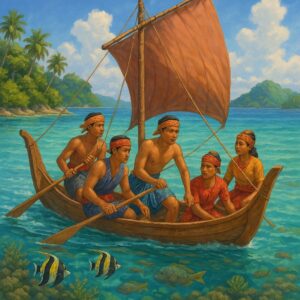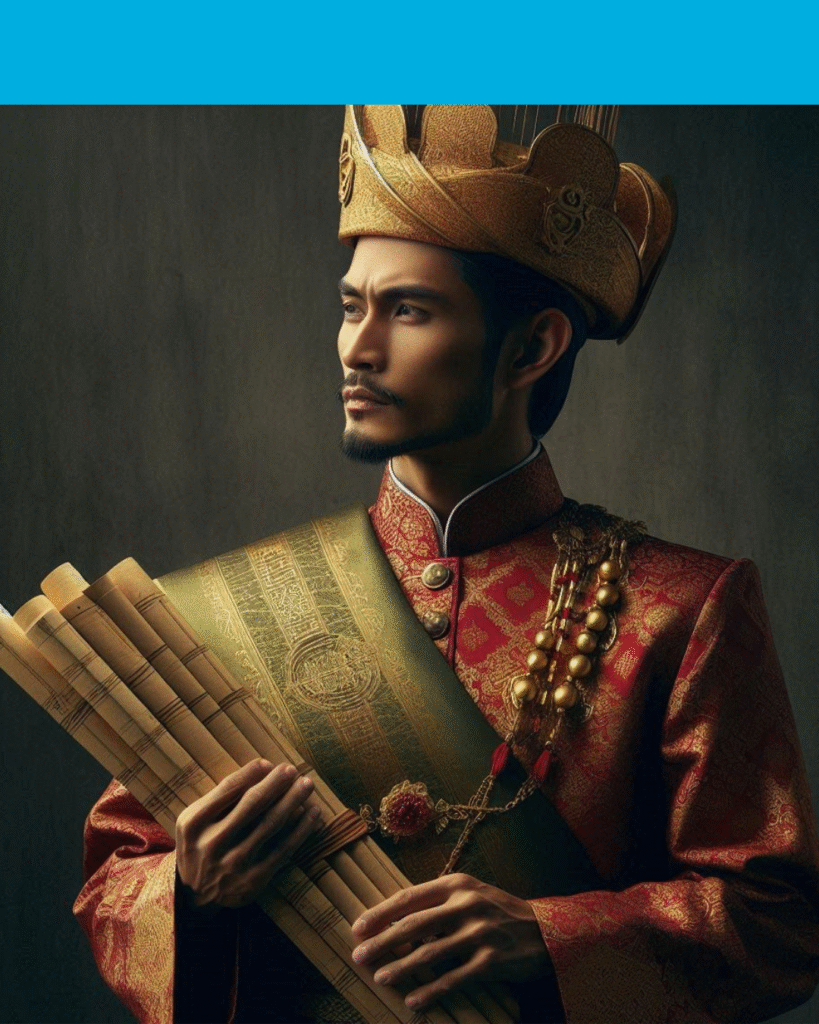
Majapahit Empire
Indonesia’s Lost Maritime Glory: What We Can Learn from Majapahit Indonesia’s Lost Maritime Glory: What We Can Learn from Majapahit Photo: Warta Nasional Raya Unveiling
Kami menjemput anda untuk menjadi ahli komuniti ini secara PERCUMA dan SEUMUR HIDUP.
Geylangserai.com, a free virtual membership platform that honours our rich heritage, the nostalgic beauty of our past, and the entrepreneurial spirit of our forefathers. This digital space serves as a tribute to their struggles, resilience, and achievements—rekindling the warrior spirit within our community to rise, adapt, and embrace new challenges for a better future.

Indonesia’s Lost Maritime Glory: What We Can Learn from Majapahit Indonesia’s Lost Maritime Glory: What We Can Learn from Majapahit Photo: Warta Nasional Raya Unveiling
Geylang Serai’s settlement patterns evolved gradually from the 14th century, transitioning from a natural coastal and riverine environment inhabited by Orang Laut sea nomads and
In the 14th century, Geylang Serai as a distinct Malay settlement or cultural area did not yet exist. The area that would later become Geylang
In the 15th century, Geylang Serai as a distinct Malay settlement or cultural area was not yet established. The area that would later become Geylang
Insights into Geylang Serai’s existence in the 1700s come primarily from early maps, archival materials, and historical records held by institutions like the National Archives
In what ways do the storyings of the Orang Laut’s lifestyle influence the modern exhibits at Geylang Serai Heritage Gallery The modern exhibits at the

An “original Malay” most commonly refers to the earliest form of the Malay people or language, rooted in the Austronesian migrations and cultures of Southeast

The Demak Sultanate was the first major Muslim kingdom on the island of Java, Indonesia, established by Raden Patah in the late 15th century (around

The Majapahit Empire was a powerful Hindu-Buddhist maritime kingdom based in eastern Java, Indonesia, which existed from 1293 to the early 16th century and at

Singapore River communities were people living by or around the Singapore River.1 In ancient times, Singapore, then known as Temasek, was a fishing village.2 The orang laut (sea gypsies) were

.